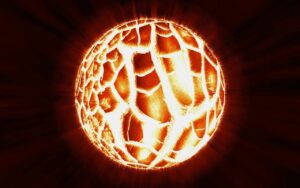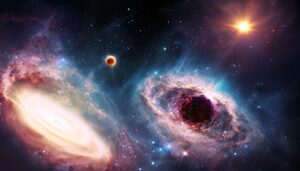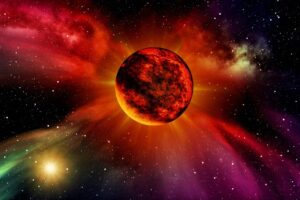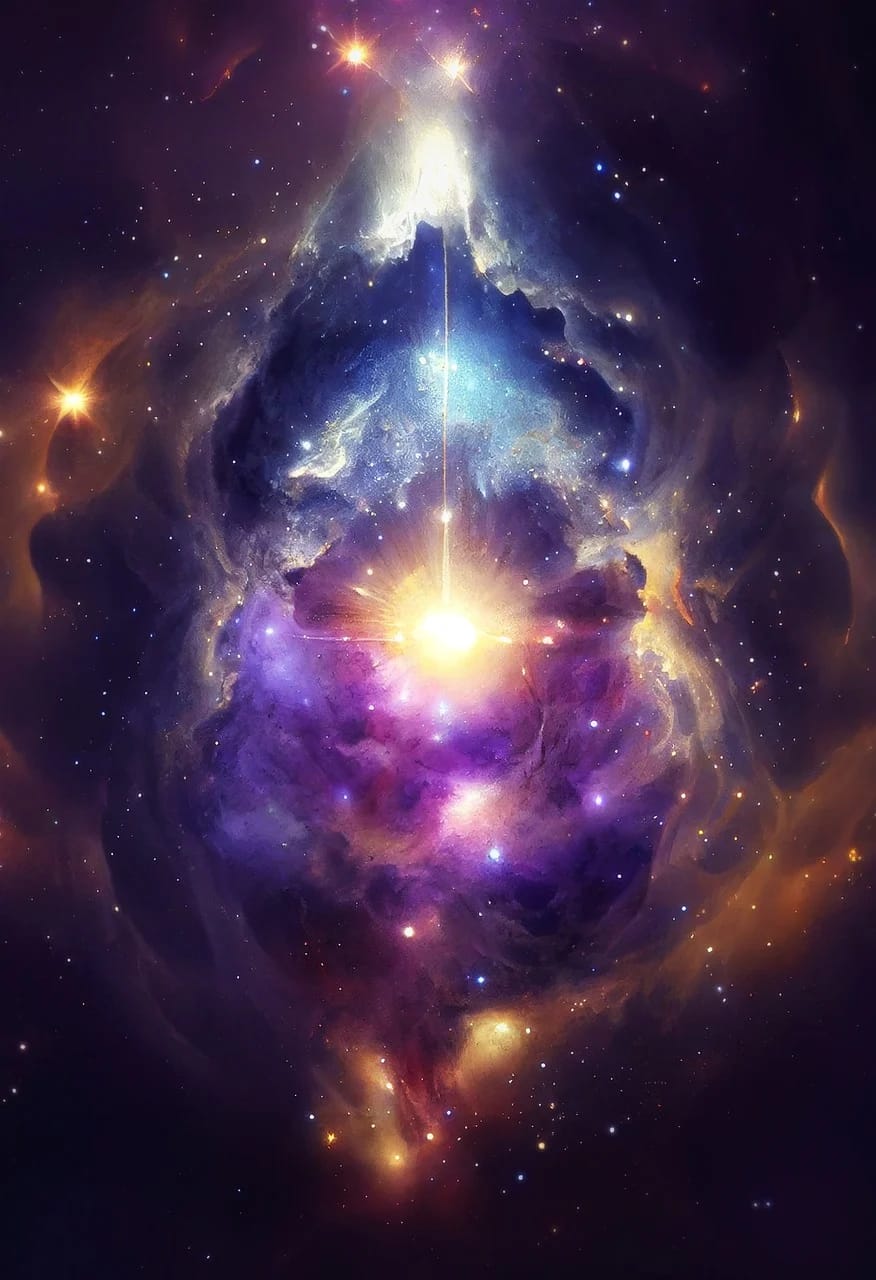
“These novae are basically hydrogen bombs,” Schaefer says to the New York Times.
Image by- Darkmoon_Art / Pixabay
A supernova is a massive explosion at the end of the life cycle of the star. It is basically the death of a star. Hurtful? Yeah, but scientists have different opinions regarding this.
They say that supernova explosions are pivotal in spreading elements in the universe and leading to the formation of new stars.
NASA is anticipating a spectacular star system T Coronae Borealis (T CrB) explosion by September.
Once in A Lifetime Opportunity

Astronomers predict that after the peak brightness, the star will be visible for several days to a week with binoculars before fading again.
Picture Courtesy: LoganArt/ Pixabay
T Coronae Borealis is a recurrent nova within the Corona Borealis constellation, roughly 3,000 light-years from Earth.
The binary system has the red giant in the leading position, along with the white dwarf as the co-star. The red giant—a dying star in the twilight of its life cycle—will soon shed its outer layers, transferring material, primarily hydrogen gas, to the white dwarf.
T CrB is a well-known nova system, and astronomers have been waiting for its eruption for many years. Its recurrent nature sets T Coronae Borealis apart, as it erupts approximately every 80 years, making it a once-in-a-lifetime opportunity.
Countdown Begins!
Astronomy enthusiasts are encouraged to grab their popcorn and telescopes as they acquaint themselves with the Corona Borealis constellation. Interestingly, NASA doesn’t know for sure when this will happen. One has to keep their eyes on the updates of this nova explosion.
Unlike a solar eclipse, a supernova explosion’s exact time frame is more difficult to determine. NASA estimates it can happen from now to September. Luckily, one will have multiple nights to view the T Coronae Borealis’s explosion.
This rare celestial event, which promises to captivate skywatchers worldwide, can be experienced with one’s naked eyes. You won’t need any special equipment to see it.
The upcoming supernova eruption is also a rare opportunity for astronomers to study a nova in detail from its early stages. The T CrB is called Blaze Star and appears as bright as the North Star at the peak of its explosion.

By observing the eruption, astronomers can learn more about the physical processes that cause novae.
Image by- victorsteep/ pixabay
How did it get its name?
During the evening of May 12, 1866, stargazers were shocked to see a naked-eye star. It faded rapidly and in only eight days, it went below naked-eye visibility. Sir John Birmingham observed it. In its normal state, the star shines with 50 times the energy output of our sun. At its maximum luminosity, it shines as bright as 200,000 suns.
In February 1946, T CrB again flared to great brilliance, making it a “recurrent nova.” Recently, astronomers began to see a significant dimming of the main star, a telltale sign of another outburst. A similar dimming occurred in the year before the 1946 eruption. Thus, astronomers expect the star to make a return engagement sometime before October.
Modern astronomers believe that T CrB is surrounded by a rapidly expanding shell of gas. The star is blowing off its outer layers with a velocity virtually unparalleled in our galaxy, shedding the surface at nearly one million miles per hour.
The white dwarf star of this nova has about two-thirds the “starstuff” of its much larger companion, the red giant. Yet its material is packed to a size that may be no greater than a planet like Earth. This fact makes the nova incredibly dense.
A tablespoon of it might weigh several tons. Its extreme density gives it the gravitational power of a typical star, except its gravity is compressed into a tiny space. Its density makes it blazingly hot — hotter than our sun and much hotter than its larger companion.
T CrB’s brilliance and relative regularity make it exceptional enough for astronomers to name it the Blaze Star.

When the light from the explosion does appear in Earth’s skies, it will be a rare moment in astronomy.
Image credit: Terranaut/ Pixabay
If you enjoyed reading this article, you will love our newsletter. Sign up for free!


